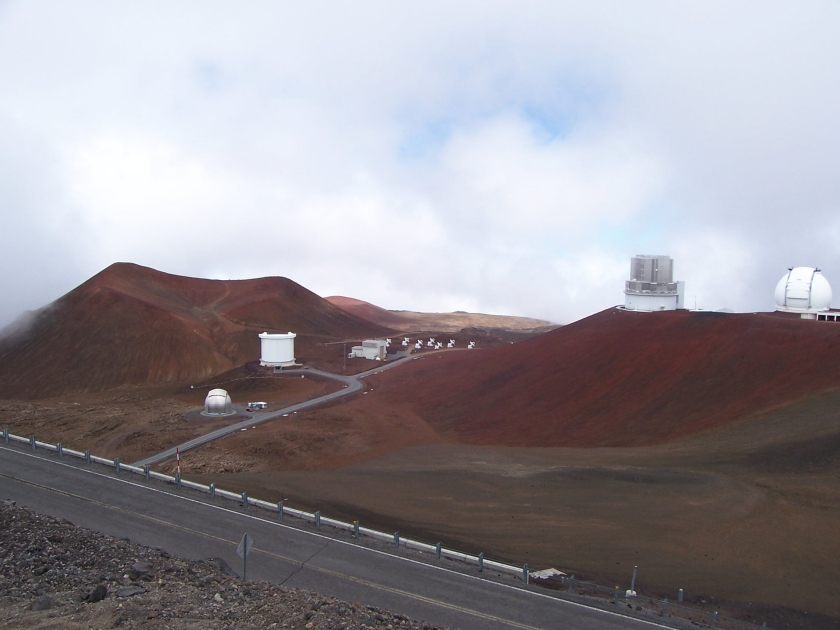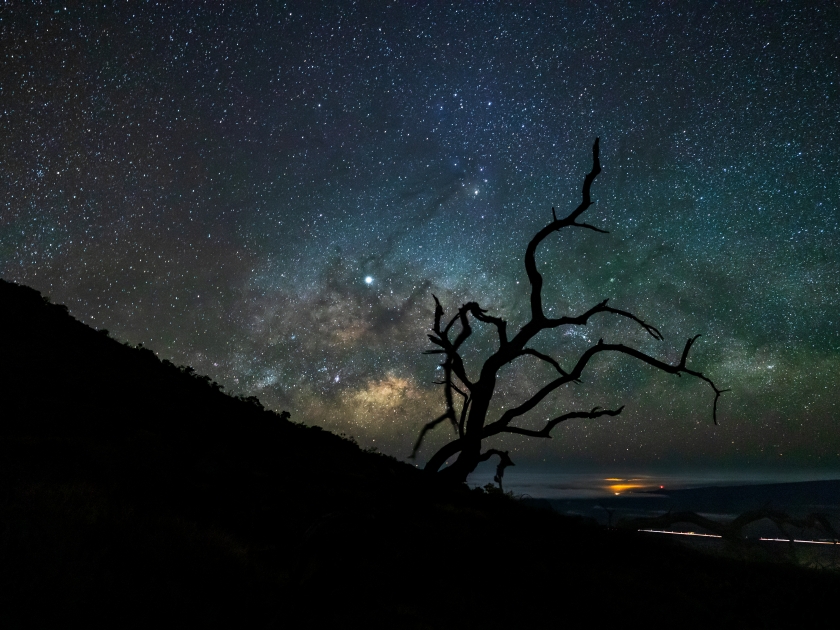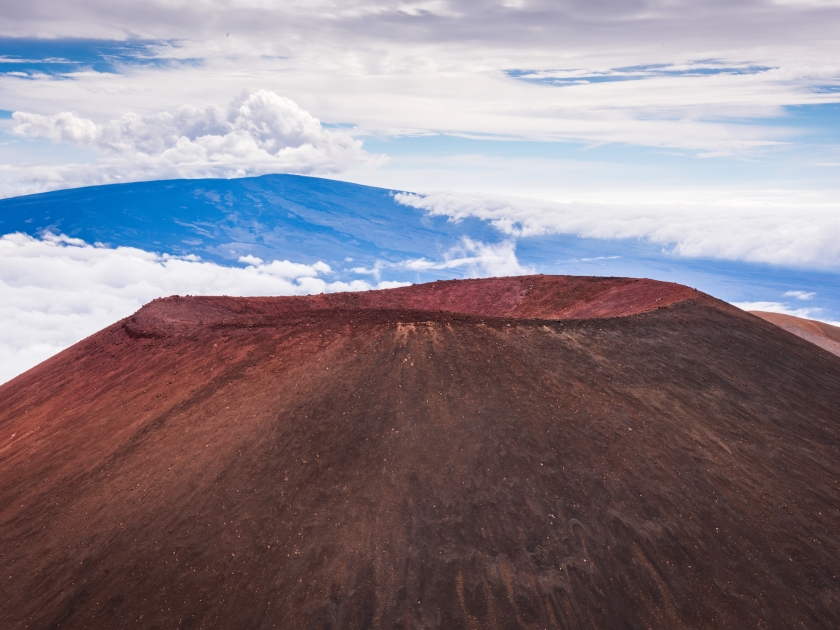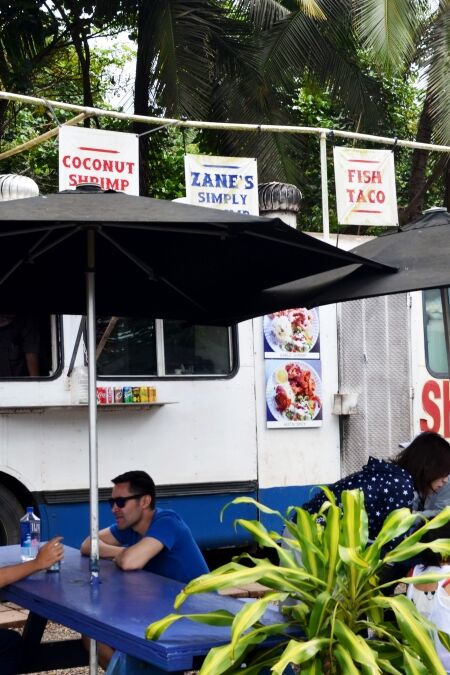Perched at 9,200 feet on the majestic slopes of Maunakea, the Maunakea Visitor Information Station (VIS) offers an unparalleled gateway to one of Hawaii’s most breathtaking landscapes. As you ascend the mountain, the lush greenery gives way to a stark, otherworldly terrain, where the VIS stands as a vital hub for adventurers and stargazers alike. Here, visitors can acclimate to the high altitude, gather essential information, and learn about the rich cultural significance and cutting-edge astronomical research conducted atop Maunakea.
Highlights
- Free nightly stargazing programs with telescopes are available for visitors.
- The Visitor Information Station offers educational displays and programs about the cultural heritage and significance of Maunakea.
- The VIS offers guided tours to the summit of Maunakea, where you can explore the world’s largest astronomical observatory.
- At 9,200 feet above sea level, the VIS is a perfect place for visitors to acclimate to the high altitude before heading to the summit, which is over 13,000 feet.
- There are also several hiking trails for those looking to explore the unique volcanic terrain and enjoy the natural beauty of Maunakea.
- The station provides essential amenities such as restrooms, snacks, and hot beverages, making it a convenient stop before heading up the mountain.
- There is also a small gift shop where visitors can purchase souvenirs and educational materials.
History

Though its history is relatively short, the VIS is intrinsically linked to Maunakea’s development as a world-renowned astronomical observatory site. Here’s how it all began and what makes it an essential stop for travelers today.
Early Beginnings (1930s)
The story of VIS begins indirectly in the 1930s with the construction of Hale Pohaku (meaning “stone house” in Hawaiian) by the Civilian Conservation Corps. These rustic cabins, situated on Maunakea’s southern slopes, served as accommodations for hunters and explorers rather than visitors.
A New Pathway (1964)
The journey towards establishing Maunakea as an astronomical hub took a significant turn in 1964, under the leadership of Governor John A. Burns. A rough jeep trail was constructed, making the summit more accessible. This period also marked the recognition of Maunakea’s exceptional conditions for astronomy. Consequently, the Hale Pohaku area transitioned from serving as explorer cabins to a construction camp for the observatories being developed throughout the 1970s.
Inception of the VIS (1983)
As the astronomical facilities began to take shape, the need for a dedicated visitor center became apparent. In 1983, a permanent complex of buildings was constructed at the mid-level facilities, officially inaugurating the Maunakea Visitor Information Station. This establishment provided a much-needed hub for visitors and researchers alike.
A Hub for Education and Exploration (Present Day)
Today, the VIS stands as a crucial waypoint for those journeying up Maunakea. It offers a wealth of informative displays, educational videos, and presentations detailing the history of astronomy on the mountain, the cultural significance of Maunakea, and its unique natural environment. The station’s staff and volunteers frequently host stargazing sessions, using lasers to highlight celestial objects, making it a must-visit for astronomy enthusiasts.
Recent Enhancements
In recent years, the VIS has seen significant improvements, including upgrades to the parking lot and traffic flow, ensuring better visitor safety and environmental protection. These enhancements make the station more accessible and enjoyable for the thousands of visitors who come to experience the magic of Maunakea.
Things to Do

Discover the Cosmos with Stargazing Programs
Each night, the Maunakea Visitor Information Station transforms into a celestial observatory, offering stargazing sessions that allow you to witness the universe’s wonders through powerful telescopes. Under the pristine, unpolluted skies of Maunakea, you’ll see planets, nebulae, and galaxies with astonishing clarity. The best times for stargazing are during the new moon phase and clear, cloudless nights, ensuring the most spectacular views of the Milky Way and beyond.
Explore with Guided Tours and Educational Programs
Embark on an enriching adventure with the VIS’s guided hikes and tours, designed to unveil the geological and astronomical marvels of Maunakea. Knowledgeable guides lead you through the unique landscape, sharing insights into the mountain’s volcanic origins and its role in cutting-edge scientific research. Additionally, the VIS hosts educational talks and presentations, providing a deeper understanding of the astronomical discoveries made at this world-renowned observatory site.
Embrace the Cultural Significance of Maunakea
Maunakea holds profound cultural importance to Native Hawaiians, and the Visitor Information Station is dedicated to honoring this heritage. Visitors can explore exhibits and displays that highlight the mountain’s sacred status and its historical significance in Hawaiian culture. Through these cultural exhibits, you’ll gain a greater appreciation for Maunakea’s spiritual legacy and the ongoing efforts to preserve its cultural and environmental integrity.
Tips for Visiting
- What to Bring: Warm clothing, snacks, water, camera, and photography tips.
- Health and Safety: Acclimate to altitude, follow safety guidelines, and be aware of altitude sickness.
- Accessibility: Facilities for visitors with disabilities, elderly visitors, and young children.
- Respect the Environment: Follow Leave No Trace principles and respect cultural sites.
- Plan Ahead: Check weather conditions, road status, and Visitor Information Station hours.
Best Times to Visit
The best times to visit the Maunakea Visitor Information Station are during the late afternoon and early evening to fully acclimate to the altitude before nightfall. This timing also allows visitors to enjoy breathtaking sunset views before transitioning to the main stargazing sessions. Clear, cloudless nights, especially during the new moon phase, provide the most spectacular stargazing opportunities, with minimal light pollution ensuring an unforgettable experience under the stars. Visiting during weekdays can also help avoid larger crowds, offering a more intimate and serene encounter with Maunakea’s natural and celestial beauty.
Nearby Attractions and Activities

Exploring the Maunakea Visitor Information Station opens the door to a range of nearby attractions and activities. The Maunakea Summit, home to world-renowned observatories, offers breathtaking panoramic views and a unique opportunity to witness cutting-edge astronomical research. Visitors can also embark on nearby trails that meander through diverse landscapes, leading to scenic viewpoints perfect for photography and quiet reflection. Complement your visit with a trip to nearby Hilo town, where you can explore local shops and dining, or marvel at the natural beauty of Akaka Falls, adding a rich variety of experiences to your Maunakea adventure.
Frequently Asked Questions (FAQs)
The Maunakea Visitor Information Station is open daily from 12:00 PM to 7:00 PM.
No, there is no entry fee to visit the Maunakea Visitor Information Station.
Yes, guided tours are available and can be arranged through the Maunakea Visitor Information Station.
To acclimate to the altitude, spend time at the Visitor Information Station, which is at 9,200 feet, before ascending further.
Yes, Maunakea VIS is child-friendly, but parents should monitor children closely due to the high altitude.
There are no dining options at Maunakea VIS, so it is advisable to bring your snacks and drinks.
How to Get There
By Car
Driving to the Maunakea Visitor Information Station (VIS) is a straightforward yet scenic journey. Begin by heading towards the town of Hilo or Kailua-Kona on the island of Hawai’i. From Hilo, take the Saddle Road (Hwy 200) westbound for approximately 28 miles until you reach the Maunakea Access Road. If starting from Kailua-Kona, follow Hwy 190 north to Saddle Road, then continue east for about 15 miles to the Maunakea Access Road junction. Once on Maunakea Access Road, travel uphill for 6 miles until you arrive at the VIS, located at an elevation of about 9,200 feet.
By Bus
While there is no direct public bus service to the Maunakea Visitor Information Station, you can still use the bus networks to get part of the way there. Take the Hele-On Bus from Hilo or Kona to the nearest stops along Saddle Road. From Hilo, the bus travels along Hwy 200, where you can disembark at the closest access point near Maunakea Access Road. From there, you would need to arrange for a taxi or ride-share service to complete the 6-mile ascent to the Visitor Information Station. Be sure to check the latest bus schedules and availability of local transportation services to ensure a smooth journey.
Reach for the Stars at Maunakea VIS
The Maunakea Visitor Information Station offers an unparalleled gateway to the wonders of Hawaii’s highest peak, blending natural beauty, astronomical marvels, and cultural heritage into a must-visit destination. From stargazing sessions that unveil the mysteries of the universe to guided tours that illuminate the mountain’s rich geological and cultural tapestry, the VIS ensures an unforgettable adventure for every visitor. Embrace the opportunity to explore, learn, and be inspired by the majesty of Maunakea!




